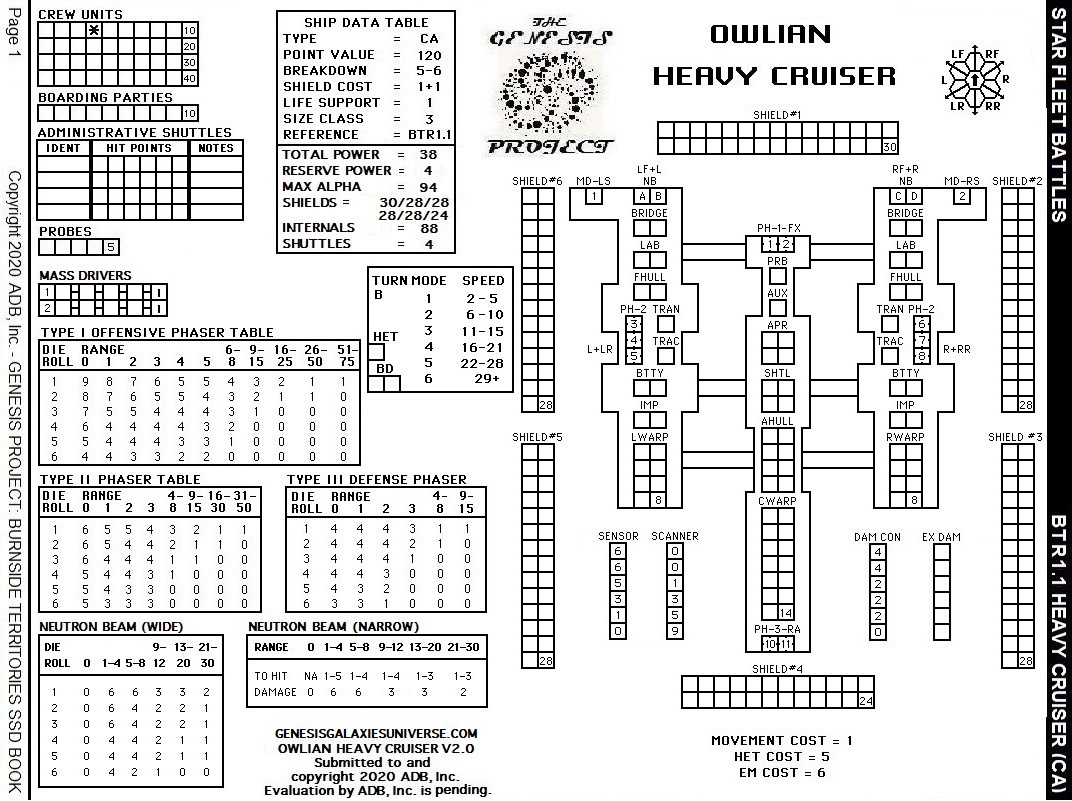PROJECT-X
REPUBLIC SHIPS
(PXR1.3) REPUBLIC ARTILLERY CRUISER (ACA):
The Republic Artillery Cruiser was one of the first Artillery Cruisers ever produced. Republic engineers worked feverishly to develop a long-range weapon that would be able to hit enemy vessels while staying outside of the range of their heavy weapons and phasers. The result was the Kinetic Howitzer.
The Kinetic Howitzer required an extended amount of time to build up energy. Once ready, the Kinetic Howitzer was capable of firing farther than a Kinetic Torpedo. If it successfully hit an enemy ship, it was able to cave in a shield with a single blow.
Republic First Cruisers were hastily converted into Artillery Cruisers to provide long range fire support for front line starships. The strategy proved quite effective. Artillery Cruisers became a core part of the Republic Fleet. Over the course of time, Artillery Cruisers would continue to evolve in order to stay current with the needs of ever-changing technology.
DESIGNER NOTES
This SSD was created in 2016. In some ways a variant, because it takes the form of a Repubic First Cruiser, it is in other ways, its own ship because it carries a brand new weapon.
I would note that if the enemy closes within the optimal firing range of the Kinetic Howitzer, the Republic Artillery Cruiser only has its limited number of PH-V’s to defend itself. For this reason, the Republic Artillery Cruiser was often escorted and protected by other ships, not front line battle ships, who sat back specifically to ward off enemy combatants that penetrated the front line and closed.
KINETIC HOWITZERS
1) Kinetic Howitzers are armed over three turns.
2) Kinetic Howitzers cost one point of energy on the first turn, two points of energy on the second turn, and three points of energy on the third turn.
5) Kinetic Howitzers can be held at a cost of three points per turn.
8) Kinetic Howitzers are destroyed on Torpedo hits on the DAC. Note that it takes two internal damage points to destroy the Kinetic Howitzer.
PHASER-V
1) It costs one point of energy to fire a Phaser-V.
2) Phaser-V’s do *Not* have a Capacitor.




